When it comes to smartphones, 2013 was all about what comes next.
Just look at how long each of the major players have been on the market: Six years for Apple’s iPhone, five years for Android, and three years for Windows Phone. Smartphones are mainstream — gone is the luster of carrying a powerful computer in your pocket. It’s simply something most of us expect now in our everyday lives.
But now that both the tech world and consumers have finally gotten a handle on what smartphones are and how we live with them, all eyes are on the next major mobile innovation.
This year, we’ve seen companies experiment with things like curved displays, extensive voice commands, and ever-bigger screen sizes. Wearable gadgets, which mostly function as mobile accessories, also showed the desire for something new. Not all of those ideas will stick, but they each offer a glimpse at what the future of mobile could be.
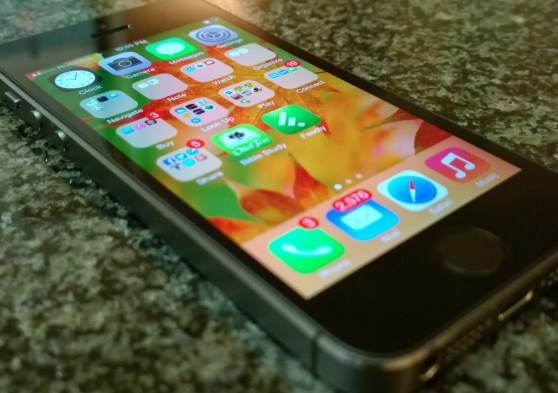
Above: The iPhone 5S
Best smartphone: HTC One/iPhone 5S
As always, this was the toughest category for me to decide on. I spent most of 2013 enamored with HTC’s One, which marked the first time an Android phone felt as polished as an iPhone. Its solid metal frame and large screen felt like a natural step up from the iPhone 5, my favorite phone from last year. Together with major improvements in Android, the One was the first time I felt that another phone platform could outclass the iPhone.
Then Apple released the iPhone 5S. And even though it looks exactly the same as the iPhone 5, a slew of hardware improvements and the improvements in iOS 7 made it an undeniable winner. It sports the first fingerprint sensor in a consumer gadget that I don’t absolutely hate, and it shows that Apple can still innovate with its hardware at a time when specs seem less important (nobody expected its 64-bit A7 chip).
Now, if only it had a bigger screen. …
It’s always difficult for phones released earlier in the year to compete with phones from the tail-end, but that the HTC One still holds up decently to the iPhone 5S is worth acknowledging. It’s also readily available for no money down on contract (or with T-Mobile’s excellent payment plans), making it a more affordable option than the 5S.
If you want the best possible smartphone at any cost, go with the 5S. But the HTC One was by far my “MVP” of 2013.
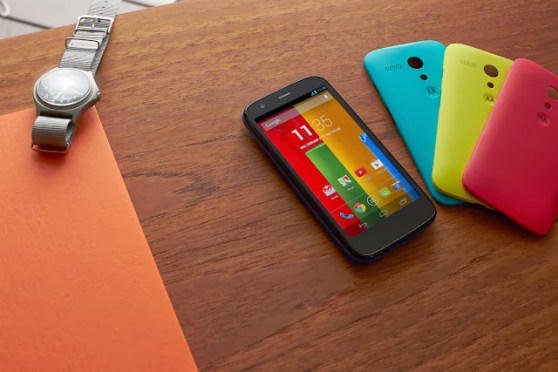
Best budget phone: Moto G/ iPhone 5C
With the Moto G, Motorola performed something of a miracle. It’s just $179 off-contract, and even though it sports aggressively mid-range specs and doesn’t have LTE, it’s still a fantastic deal. It’s a phone that could be ideal for teenagers and other consumers who don’t care much about specs, and who don’t want to be locked into a contract. The Nexus 5 (below) is the better off-contract deal for power users, but for everyone else the Moto G is just fine.
The iPhone 5C is worth highlighting because it represents a fundamental shift for Apple: Instead of just lowering the price of the previous year’s iPhone, like it’s always done, Apple developed a cheaper model that looks completely different (but is cheaper to build). The iPhone 5C sports the exact same hardware as the iPhone 5, but it’s lower $100 (on contract) price and colorful plastic cases appeal to an entirely different audience.
Best smartphone innovation: Moto X voice commands
The Moto X shows that faster isn’t always better. Instead of throwing in a superspeedy processor, Google-owned Motorola Mobility used a dual-core processor as part of its “X8 computing system,” which includes additional chips for motion sensing and voice recognition.
By spreading the processing love around, the Moto X can actively listen for Google Now voice commands when it’s in standby without killing your battery life. Most other smartphones (not including Motorola’s recent Droid models, which sport the same X8 system) require you to unlock and navigate to a specific screen for voice commands.
The combination of Google Now’s predictive smarts and active voice listening makes the Moto X feels more like a dedicated virtual assistant rather than a mere gadget — something you can bet that we’ll see in plenty more smartphones and tablets over the next few years.
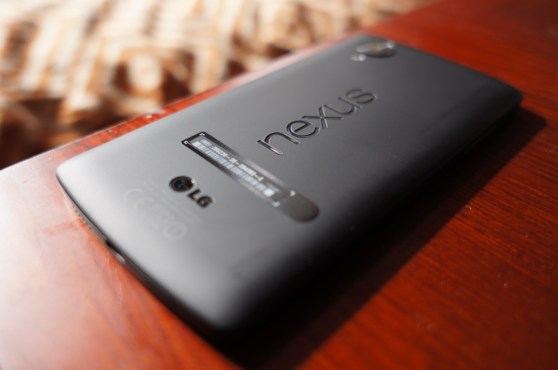
Best smartphone deal: Nexus 5
The Nexus 5 may look boring, but at just $350 off-contract, it’s the best deal in the smartphone world right now. If you’re tired of dealing with carrier contracts, or you just want the freedom to swap in multiple SIM cards, the Nexus 5 is a great option. It’s fast, doesn’t have any bloatware, and Google even managed to fix the crummy camera it launched with.
Indeed, it’s tough to convince typical consumers that a $350 smartphone is actually a good deal, especially when you can get other high-end phones for no money down. That doesn’t make the Nexus 5’s existence any less important, though.
Best smartphone camera: Lumia 1020
When Nokia unveiled its insane 41-megapixel Pureview camera technology two years ago, it shocked everyone. Such a high megapixel count was impressive even among DSLRs — and it was unheard of in a smartphone.
But what truly made the technology special wasn’t just an insane amount of pixels. Nokia spun it as a way to zoom into your smartphone photos and still end up with clear images. That’s something that’s impossible with existing smartphone cameras.
Now that the Pureview camera has finally made its way to Windows Phone devices, it’s no less impressive (previously, it was only available on Nokia’s Pureview 808 smartphone, which ran its ancient Symbian OS).
As I wrote in my review, the Lumia 1020’s camera lives up to all the hype. It takes astoundingly clear photos that could easily be mistaken for something from an expensive point-and-shoot camera. In some cases, you could easily mistake them for DSLR shots. In low light, it is miles ahead of every other smartphone camera (though HTC’s One camera comes close).
Best accessory technology: Bluetooth low energy
Even though the Bluetooth 4.0 standard has been around for a few years now, this year we finally began to see gadgets hit the market that took advantage of the “low energy” (LE) aspect of the standard. It allows things like Jawbone’s Up24 wristband to maintain a steady connection with your smartphone without killing your battery life.
After using several LE gadgets, it quickly became clear that this is how I’ve always wanted Bluetooth to work: They typically connect quickly to my phone (no more futzing with pairing your devices) and gave a negligible impact on my battery life.
2013 was the first year I didn’t worry about having Bluetooth turned on all day on my phone. That’s worth celebrating.

Above: Samsung’s Galaxy Round smartphone
Dumbest ‘innovation’: Curved screens
Who needs a phone with a curved screen? We’re still waiting to find out. This year Samsung and LG both introduced curved screen phones, the Galaxy Round and LG Flex, to a confused public. Both phones have unique features — you can tilt Samsung’s phone for updates at a glance, and LG’s sports a “self-healing” cover — but they’re also clearly early stabs at curved screens (both are expensive and hard to get).
I don’t doubt that truly flexible phone screens will be incredibly important in a few years, but a slight curve simply feels awkward to me, not innovative (unless you really want your phone to hug your face). We can expect Samsung and LG to implement lessons they’ve learned from these devices whenever they debut truly flexible phones. And by that point, your phone may actually be something you can wear on your wrist.
Dumbest accessory: Samsung Galaxy Gear
Here’s a gadget that actually could have used a curved display.
Samsung hyped up the Galaxy Gear as a futuristic wrist communicator made real — but I say it’s a dud. It’s bulky, doesn’t really do much, and at this point it’s only compatible with Samsung’s latest Galaxy smartphone and 10-inch tablet.
When it comes to the Galaxy Gear, Samsung doesn’t have anyone to follow except for the few companies who’ve built lackluster smartwatches so far. It’s used to iterating on existing ideas, not thinking outside the box.
Biggest disappointment: Windows Phone
Windows Phone finally managed to snag the No. 3 spot in the smartphone market this year, jumping up 150 percent to take 3.6 percent of the global market (according to IDC). But that rise mostly stemmed from a slew of great handsets from Nokia’s and BlackBerry’s implosion, not through any major improvements in Windows Phone itself.
After releasing Windows Phone 8 last year — a controversial update that left behind phones already running Windows Phone 7 — Microsoft only released two minor updates this year, which added some basic features like a rotation lock (yes, finally) and support for large-screen phones. When I reviewed the Lumia 1020 in August, I was shocked at how little Windows Phone had progressed since I reviewed the first Windows Phone 8 devices.
After seeing the tremendous strides both Android and iOS made over the last year, Windows Phone’s slow development seems inexcusable. Microsoft at least managed to get more apps on its platform — more than 200,000, according to its latest count, including popular programs like Flipboard and Instagram. The first huge WP8 update, Windows Phone 8.1, isn’t expected until April 2014 (although it’s rumored to include some much-needed features, like a notification center and a true virtual assistant).

Above: CEO John Legere alongside two other T-Mobile executives.
Biggest surprise: T-Mobile’s turnaround
I’ll admit, I didn’t have much faith in T-Mobile at the start of 2013. At the time, the company was still losing subscribers like crazy, and it hadn’t even begun rolling out its LTE 4G network yet. But now, T-Mobile is a singular entity among U.S. carriers, one that has broken free from tired industry standards. And in the process, it’s forced the entire American wireless industry to wake up.
In the end, T-Mobile’s turnaround comes down to its feisty and foul-mouthed new CEO John Legere. With his “Uncarrier” initiatives, he did away with complicated carrier contracts, difficult upgrading processes, and the terrifying threat of international roaming fees. And out of nowhere, he also pushed T-Mobile to offer free mobile internet access for all tablets. T-Mobile’s (much larger) carrier competition ended up responding with revamped plans of their own, and in doing so made T-Mobile’s point clear: It can innovate where the giants can’t.
Using the precious wireless spectrum and breakup fee from AT&T (following its failed bid to acquire the carrier in 2011), Legere was also able to aggressively roll out T-Mobile’s LTE network in 2013. Now T-Mobile is actually adding new customers every quarter (this reporter included).
I’m not sure if T-Mobile will actually be able to keep up with its spree of innovation over the next year, but even if it ends up being short-lived, it was nice to see one carrier at least try to make a difference. (Yes, even if that impulse came out of unbridled desperation.)

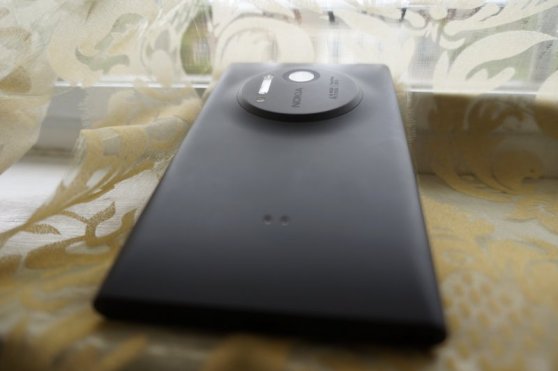

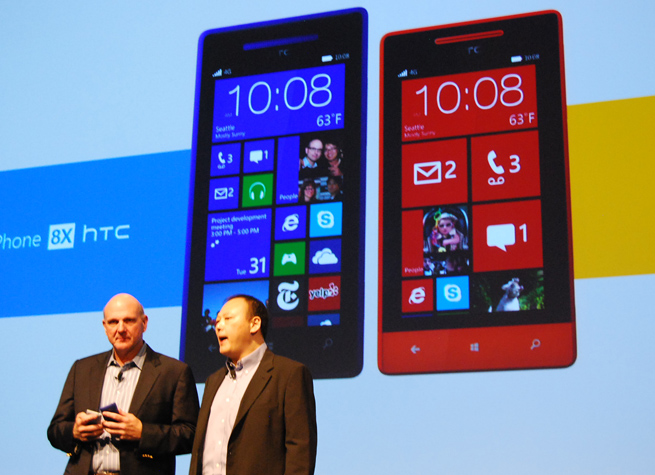





![Reblog this post [with Zemanta]](http://img.zemanta.com/reblog_e.png?x-id=4c9da15d-0659-476c-b5fe-d92afcc42d1f)

